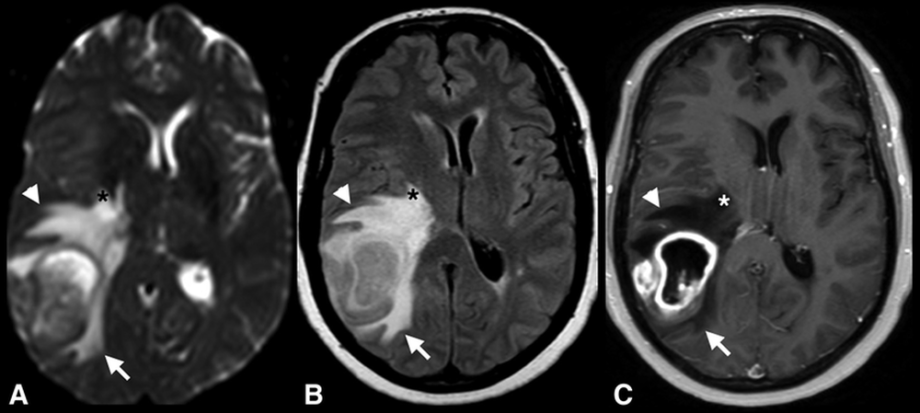AKA : Texture feature analysis of MRI-ADC images to differentiate glioma grades using machine learning techniques
Gliomas are the most common type of primary brain tumors, accounting for 30% of all primary central nervous system (CNS) neoplasms and 80% of intracranial malignancies in adults. These tumors arise from abnormal and uncontrolled growth of glial cells, which are non-neuronal cells found in both the CNS and peripheral nervous system (PNS). Glial cells, including ependymal, oligodendrocytes, astrocytes, and choroid plexus cells, provide essential support functions like maintaining structural integrity, metabolic support, nutrient and waste transport, communication, and insulation for adjacent neurons.
Gliomas encompass a diverse group of neoplastic masses, each originating from a specific type of glial cell. Ependymomas, oligodendrogliomas, astrocytomas, and choroid plexus papillomas derive from ependymal, oligodendrocyte, astrocyte, and choroid plexus cells, respectively. The World Health Organization (WHO) classifies gliomas into four grades (I, II, III, and IV) based on tumor aggressiveness, considering both histological and molecular features.
Medical imaging techniques such as Magnetic Resonance Imaging (MRI), Computed Tomography (CT), Positron Emission Tomography and Computed Tomography (PET-CT), PET-Magnetic Resonance, and nuclear imaging like scintigraphy play a crucial role in the diagnosis, identification, and treatment planning for brain tumors.
Source Nature

